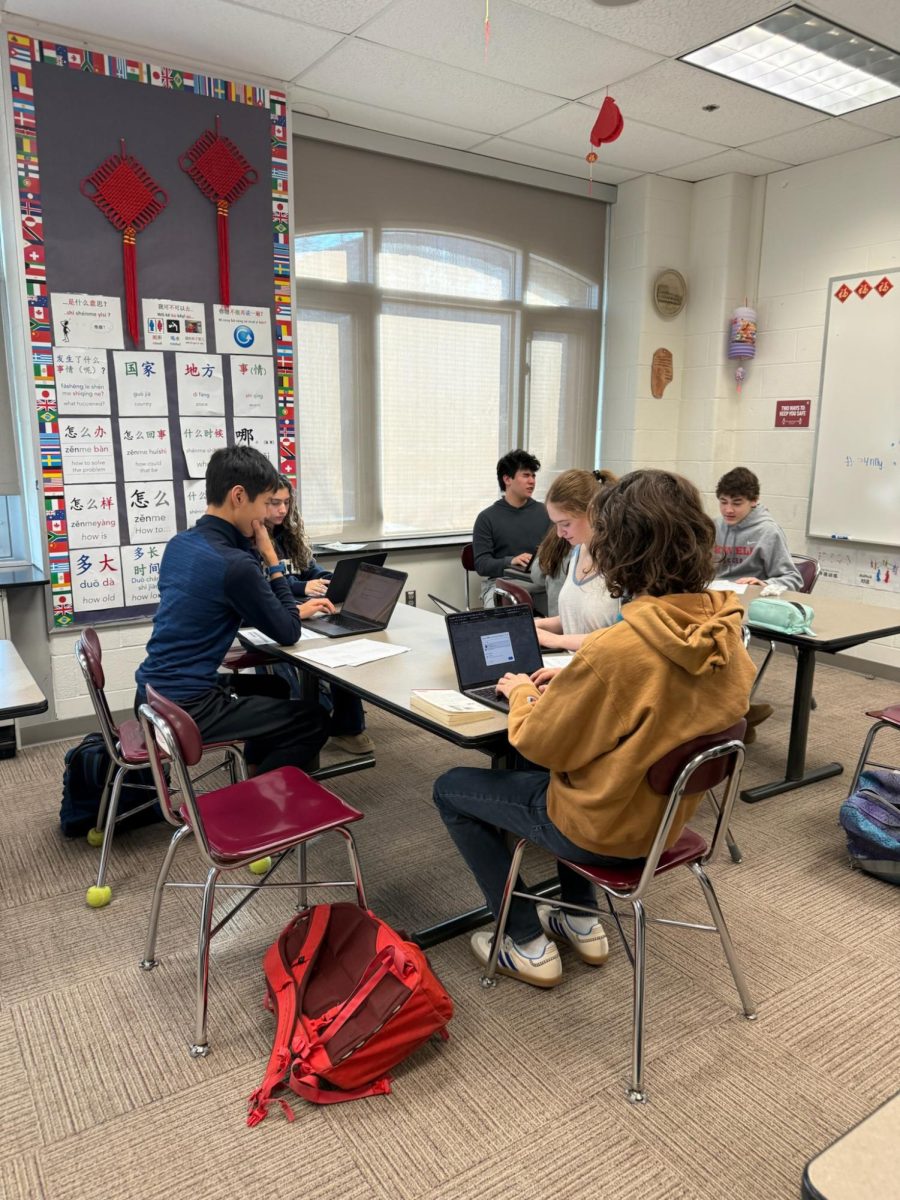The changing culture surrounding the use of technology and the abundance of cell phones in everyday life means teachers and administrators rely on their cell phones to communicate with each other and the people surrounding them. However, Sidwell has failed to adapt to the prevalence of technology in today’s society, and its overly restrictive cell phone policies limit students’ communication during school hours, causing many students unnecessary stress.
During the pandemic, many students became accustomed to using their cell phones as an additional academic and social tool. As in-person school has resumed, this habit of students turning to the internet for help with work has not yet fully subsided, as many students are dealing with the aftermath of the pandemic in their personal lives or are simply trying to catch up with the rigorous academic demands placed upon them.
According to an article in the Harvard Gazette, students who have built up a habit of connecting socially online now “face a school environment seeking to take away their main source of connection.” For many students, these restrictive cell phone policies lead to a loss of vital connection and communication, leading to an increase in their anxiety and stress.
Additionally, while many argue that it is important to limit cell phone use during the school day to break down this habit, a changing culture surrounding how people communicate has “blossom[ed] into important social connections that defy a one-size-fits-all mindset” according to Harvard Graduate School of Education co-chair of the Teaching Leadership Program Victor Pereira. So, by embracing the modern type of learning that incorporates online communication through loosening cell phone policies, students would worry less about how they would connect with friends, therefore forming stronger social connections with their peers.
Similarly, many students use their phones to communicate with their parents throughout the day about changes in sports and academic schedules that impact students’ pick-up or drop-off times. As Sidwell’s cell phone policy prevents this necessary communication, the school directly causes students anxiety about how they will get home from school or whether their parents will be able to shift their work schedules to pick them up in time.
“There have been multiple days where I have been inside all day because of cold or gloomy weather and I have been unaware of ride changes made. Then I don’t get to go home because I am not allowed to use my phone to check,” said sophomore Stephen Koopersmith. While the Sidwell administration may suggest that such a problem could be solved by students going outside to check their phones, bad weather and a lack of free time make it extremely difficult for students to go outside and constantly check for changing plans.
Furthermore, during emergencies or injuries, cell phones can save time contacting emergency services, so having access to phones in emergency situations is vital to keeping our community safer. If students’ phones are taken from them by a teacher enforcing Sidwell’s cell phone policies, they might not be able to contact their family or emergency services if injured by themselves or caught in any other emergency. So, the fear of not having one’s phone during an emergency is stressful for many students and would easily be avoided with looser cell phone policies.









































